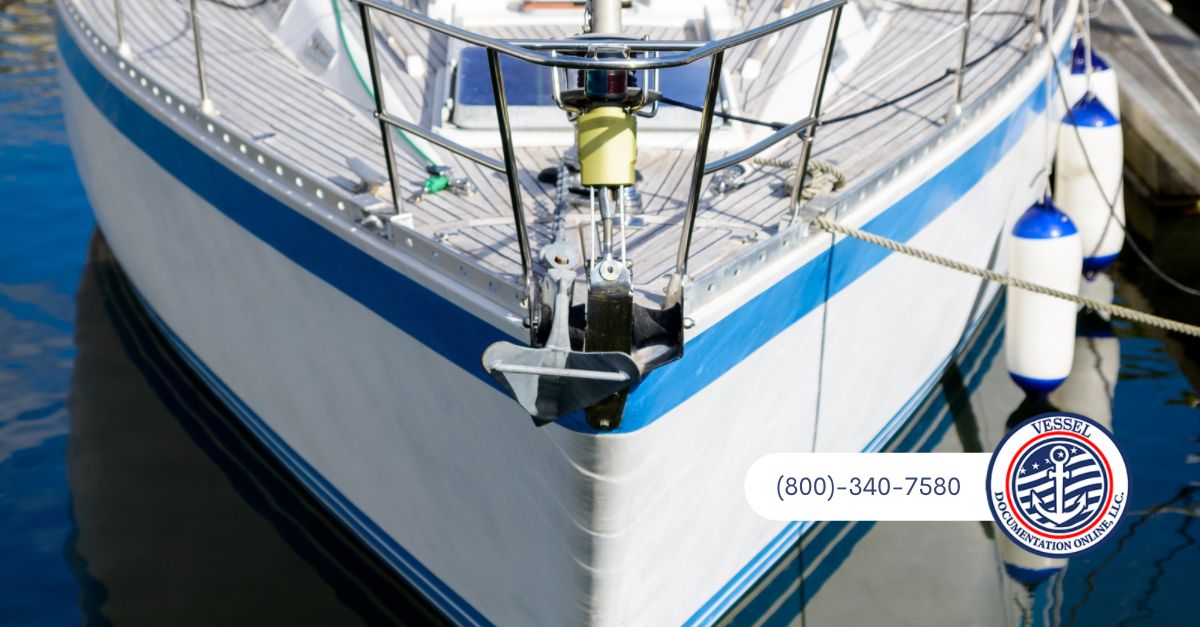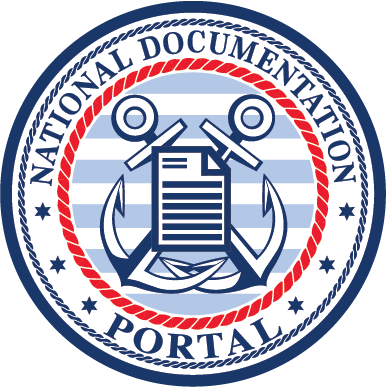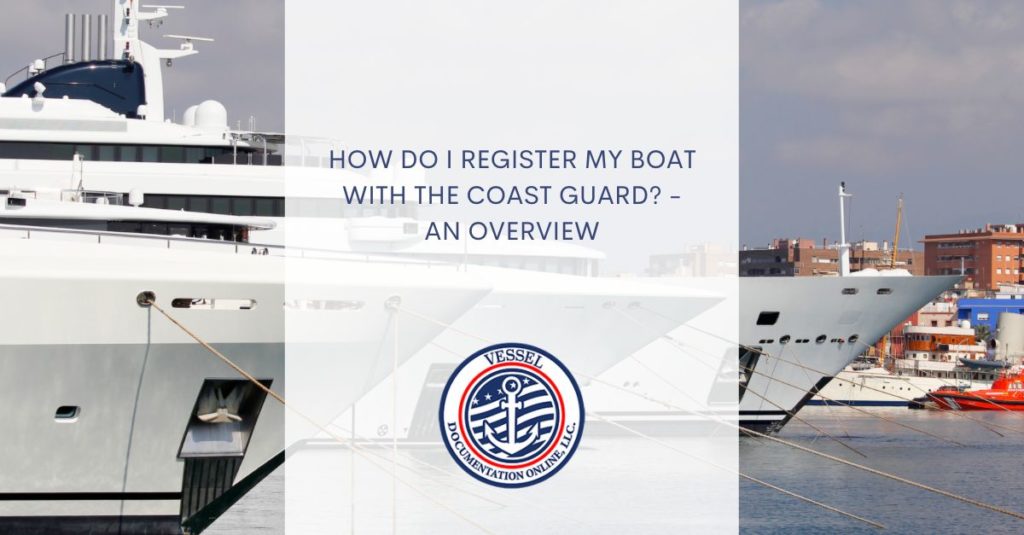A common query from boat owners seeking documentation services is, “How do I register my boat with the Coast Guard?” It is no more difficult to register a documented vessel than to write a boat without paperwork.
A documented boat may be registered simultaneously as other boats you own, making it more straightforward. When writing a vessel with the USCG, you’ll need the bill of sale, the title (if available), and any supporting documents like a nautical handbook.
It’s best to contact ahead and schedule an appointment with our vessel documentation department if you’re interested in getting your boat registered with the USCG. You must make an appointment before showing up.
Fill out the CG-1235 Boat Registration form after you have an appointment. If you bought the boat via a real estate agent, you’d need a Bill of Sale signed by all parties to the transaction.
Buyers and sellers are required to sign the bill of sale and indicate how much money was exchanged for each item.
Step four of your application should include this document. Ensure that everything you’ve typed is accurate by signing off on your application at number 5.
Registering your yacht entails much more than simply paying a fee and receiving a new certificate of registration. Preserving your investment begins with understanding the registration process.

Do I Have To Register My Boat With The Coast Guard?
Is the Coast Guard required to register your sailboat or motorboat? If you’re from outside of the United States and own a sailboat or powerboat, you’ve heard that the Department of Motor Vehicles needs to register your vessel.
Unless the United States Coast Guard previously verifies it, every sail-powered vessel above eight feet in length, as well as any motorized vessel on the water, must be registered with the Department of Motor Vehicles.
According to the americanboating.org, when it comes to vessels deemed unfit for navigation, unsafe for public use, or otherwise dangerous for the public, the United States Coast Guard may confiscate them.
Your freedom to enjoy the water is increased with a registered boat. Nonetheless, it is essential to know how your boat is recorded, how to register it, and whether or not you are required to include it in your insurance coverage.
How Do I Document My Vessel With The Coast Guard?
Boat owners who are wondering, “How do I register my boat with the coast guard?” should be aware that having a boat comes with a lot of obligations, and determining whether or not you’re doing them appropriately may be challenging. Owners must renew their Certificate of Documentation every year to prove that their boat is seaworthy (COD).
If you prefer, you can do this directly with the Coast Guard, and it will not cost you any additional money.
National Vessel Documentation Center accepts applications by mail or online for documentation of a motorboat, owner-documented fishing industry vessel, and sailboats less than 16.5 meters (54 feet).
Identifying a marina or shipyard with personnel trained in vessel documentation is the first step in the process.
Documentation of Vessels Form CG-1258 must be completed and submitted with the appropriate fee to begin the application process.
When applying for Coast Guard documentation for a U.S.-registered vessel, the owner, who is the applicant, must appear before an inspector to sign statements and affix “NOTARIZED” witness signatures.
Why Would You Register Your Boat With The Coast Guard?
The answer is because a US Coast Guard Certificate of Documentation is internationally recognized as evidence of ownership and validation of the boat’s origin by customs authorities across the world.
You will instantly get the protection and legal standing provided by the United States Government if you go to international seas while carrying your Certificate of Documentation with you.
You consider your boat to be one of your most valuable assets, but what will happen to it if you die or become incapacitated? This item may be sold or otherwise destroyed without your knowledge since there is no Certificate of Documentation.
Countries all around the globe accept a Certificate of Documentation as evidence of ownership and verification of the boat’s origin as valid proof of ownership and authenticity.
And documentation is not just crucial for individuals who often sail to foreign seas; it also gives all boat owners a substantial degree of security, regardless of their sailing habits or local weather conditions.
Does The Coast Guard Hold Boat Titles?
Upon further investigation at the federal level, the exact need for vessel length is discovered.
Your boat will be classified into one of three categories: Class 1 is for boats under 24 feet in length, Class 2 is for vessels 24-30 feet in length, and Class 3 is for vessels 30 feet or more in overall length.
The state will record the registration of a boat under 24 feet in length; however, if the ship is 25 feet or greater in size, you will have an option between federal and state documentation of the registration.
Now, given all of this jargon, I believe it is time to get down to the nitty-gritty of things.

